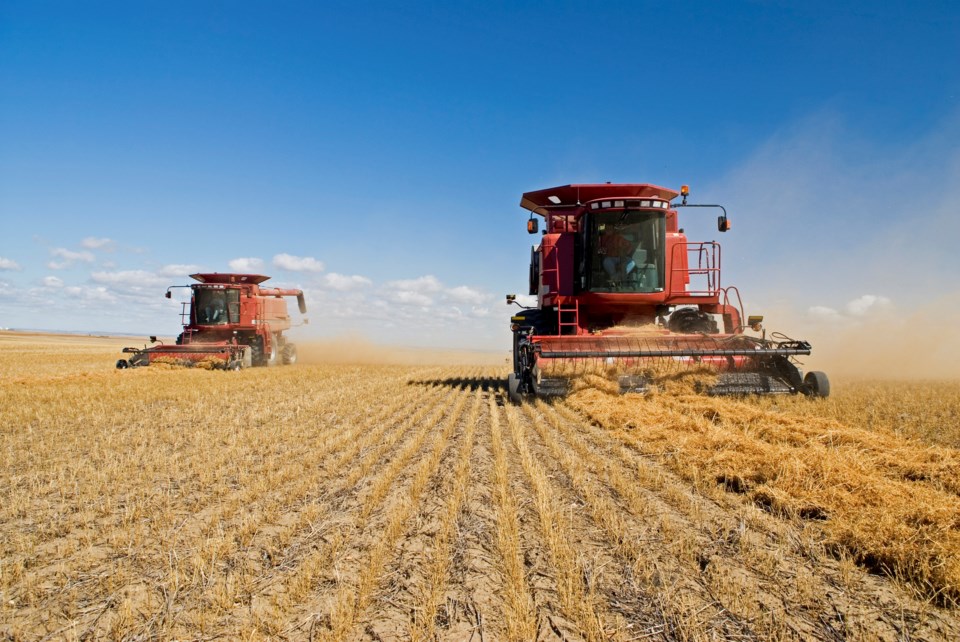YORKTON - Producers in the east-central have made progress harvesting their crops this week while pausing for showers that moved through the region, according to the crop report for the period of August 8 to 14. Harvest in the east-central is now four per cent complete, which is on par with the five-year average. Producers are closely monitoring their crops moisture levels as harvest progresses.
Fall cereals are being harvested in the region, with 43 per cent of winter wheat in the bin and an additional seven per cent used for greenfeed or silage. Fifty-two per cent of fall rye is also in the bin for the year. Field peas and lentils are also being with 29 per cent of field peas and 21 per cent of lentils harvested so far. An additional seven per cent of lentils have been harvested as feed. Little harvest progress has been made in oilseeds.
Scattered showers moved through the region this past week, with Esterhazy receiving the most, with 67 mm of rain. Lipton also received 63 mm of rain. This helped to replenish topsoil moisture in the region. Forty-three per cent of cropland now has adequate moisture, while 44 per cent is short and 13 per cent is very short. Thirty-two per cent of hay and pasture land has adequate topsoil moisture, 49 per cent is short and 19 per cent is very short. Water supply is variable across the region, with some producers experiencing severe water shortages, others moderate challenges and some anticipate water shortages in the coming months. Water quality is a concern in the region.
Crop damage this past week is due to drought stress and grasshopper damage. Producers are busy evaluating grain moisture, swathing, desiccating and harvesting crops. They are also hauling water and working livestock.




